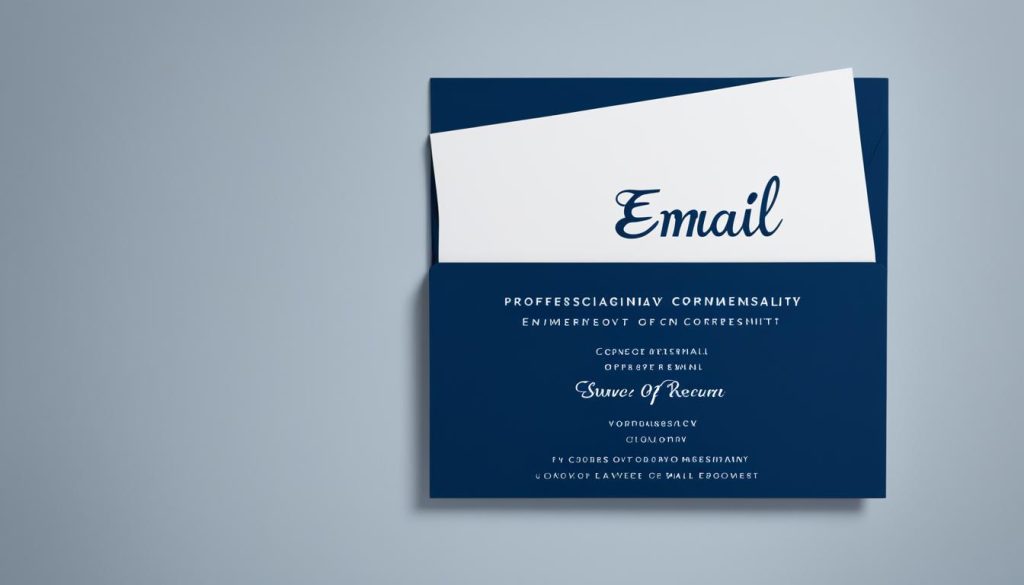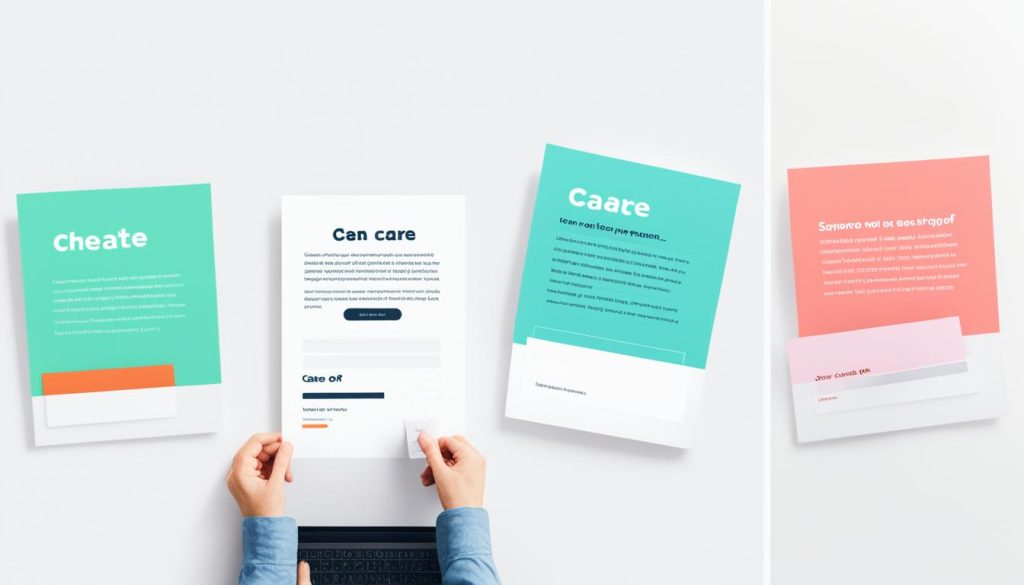Ending an email may seem like a small detail, but it is actually an important part of maintaining professional communication. The way you sign off an email can leave a lasting impression and impact how the recipient perceives your message. In this article, we will explore different email sign-offs and provide tips on how to choose the most appropriate one for various situations. From formal to casual, we will cover the dos and don’ts of email endings to help you maintain impeccable email etiquette.
What are Email Sign Offs?
An email sign off is the phrase or word used to conclude an email before adding your name and email signature. It is a simple way to indicate that your message is complete. While many people may not give much thought to how they end their emails, choosing the right email sign off can make a significant difference in the recipient’s reaction and response.
Email sign offs serve multiple purposes. They help convey the sender’s professionalism, set the tone of the email, and leave a lasting impression on the recipient. By carefully selecting an appropriate email sign off, you can enhance communication, foster better relationships, and ensure your messages are received as intended.
The importance of email sign offs cannot be underestimated. They provide closure to the email and give the recipient a clear signal that the message is complete. By using a well-chosen and respectful sign off, you show respect for the recipient’s time and demonstrate your professionalism in the digital world.
Moreover, email sign offs can also reflect your personality and help establish a personal connection with the recipient. Whether it’s a formal sign off for a business email or a more casual one for a friendly conversation, the right choice can create a sense of rapport and make your email more memorable.
In the next section, we will delve deeper into the factors to consider when choosing the right email sign off, ensuring your email communication remains effective and professional.

How to Choose the Right Email Sign Off?
When it comes to email communication, choosing the right email sign off is crucial. Your sign off can convey the overall tone and professionalism of your message. To ensure you make the best impression, there are several factors to consider when deciding on your email sign off.
1. Context of Your Message
Before selecting an email sign off, consider the context of your message. Is it a formal business communication, a friendly message to a coworker, or a casual email to a friend? The sign off should be in line with the tone and purpose of your email.
2. Relationship with the Recipient
Your relationship with the recipient also plays a role in choosing the appropriate sign off. If you have a formal relationship with the recipient, opt for a more professional sign off. For closer relationships, you can use a friendlier or more personal sign off.
3. Level of Formality Required
Consider the level of formality required in your email. If you are writing to a senior executive or a potential client, a formal sign off such as “Sincerely” or “Regards” may be more appropriate. In less formal situations, you can choose a sign off that aligns with the level of familiarity you have with the recipient.
4. Cultural Differences
It’s important to be aware of cultural differences when choosing an email sign off. Some cultures may prefer more formal sign offs, while others may appreciate a more relaxed approach. Research the cultural norms of your recipient to ensure your sign off is respectful and appropriate.
5. Brand Image Consistency
If you are representing a brand or organization, it’s essential to maintain consistency in your email sign offs. Consider the brand image and values when selecting a sign off. A professional and cohesive sign off will help reinforce your brand identity.
6. Impact of Creative or Funny Sign Offs
Creative or funny sign offs can be engaging and memorable, but they may not be suitable for all situations. Evaluate the potential impact of such sign offs, taking into account the recipient’s personality, the nature of your relationship, and the overall tone of the email. Use creative or funny sign offs sparingly and in appropriate contexts.
By carefully considering these factors, you can choose the most appropriate email sign off for different situations. The right sign off can leave a positive impression and enhance your professional communication.

How to End an Email?
To ensure your email sign off is professional and polished, it is important to follow these best practices:
- Maintain consistency with your message content and style: Your email sign off should align with the tone and content of your message. If your email is formal, ensure your sign off reflects the same level of formality. Consistency in style and tone creates a cohesive impression.
- Consider your relationship with the recipient: The sign off you choose may vary depending on your relationship with the recipient. For professional or formal relationships, opt for more traditional sign offs such as “Sincerely” or “Best regards”. For more informal relationships, you can choose a friendlier sign off like “Cheers” or “Warm regards”.
- Be respectful and polite: Always maintain a respectful and polite tone in your email sign off. Avoid using overly casual or informal language, as it may come across as unprofessional. Remember to use proper grammar and spelling to display your attention to detail and professionalism.
- Check for punctuation and spelling errors: Before sending your email, double-check your sign off for any punctuation or spelling errors. Mistakes can detract from the professionalism of your email and may create a negative impression. Take the time to proofread your message.
- Personalize your sign off when appropriate: If you have a closer relationship with the recipient, it may be appropriate to add a personal touch to your sign off. Consider including their name or a brief, personalized message. This can help foster a sense of connection and strengthen professional relationships.
- Keep it on-brand: If you are representing a brand or organization, ensure that your email sign off aligns with its brand image and values. Consider using a sign off that reflects the brand’s personality and professionalism.
By following these best practices, you can create professional and effective email sign offs that leave a positive impression on your recipients.
Example of Professional Email Sign Off:
Kind regards,
Example of Casual Email Sign Off:

Examples of Professional and Casual Email Sign Offs
When it comes to ending an email, there are numerous options available, ranging from formal and professional to casual and friendly. The choice of email sign off should align with the tone and purpose of your message, as well as the relationship you have with the recipient. Here are some examples of both professional and casual email sign offs that you can consider:
Professional Email Sign Offs:
1. Sincerely,
2. Best regards,
3. Kind regards,
4. Yours faithfully,
5. Respectfully,
6. Warmest regards,
7. Thank you,
8. Yours sincerely,
Casual Email Sign Offs:
1. Cheers,
2. Take care,
3. Thanks,
4. Have a great day,
5. All the best,
6. Talk soon,
7. Have a good one,
8. Looking forward to hearing from you,
Funny and Creative Email Sign Offs:
1. Stay gold,
2. Keep it real,
3. Peace out,
4. Catch you on the flip side,
5. In anticipation of your response,
6. Sending good vibes,
7. Hugs and high fives,
8. Until our paths cross again,
Remember, the key to choosing the right email sign off is to consider the context, your relationship with the recipient, and the level of formality required. Whether you opt for a professional, casual, or creative sign off, make sure it reflects your personality and maintains professionalism.

Conclusion
Choosing the right email sign off is an essential aspect of maintaining professional email etiquette. By considering various factors such as context, relationship with the recipient, and formality, you can ensure that your email sign off leaves a positive impression and facilitates effective communication. Whether you opt for a formal, friendly, or creative sign off, it is crucial to strike the right balance and be mindful of cultural differences. With the information provided in this article, you now have the knowledge and tools to confidently end your emails in a professional and appropriate manner.

